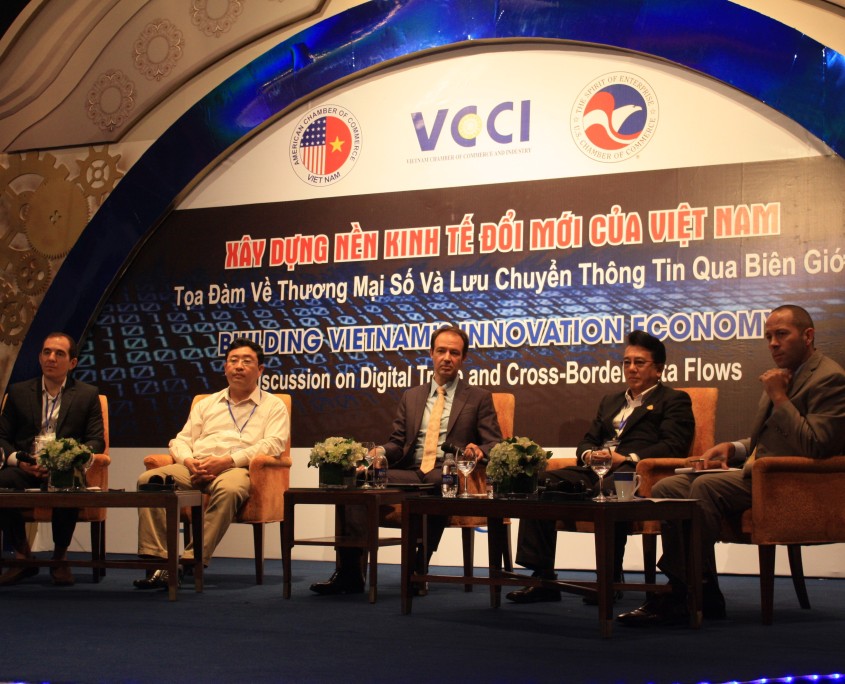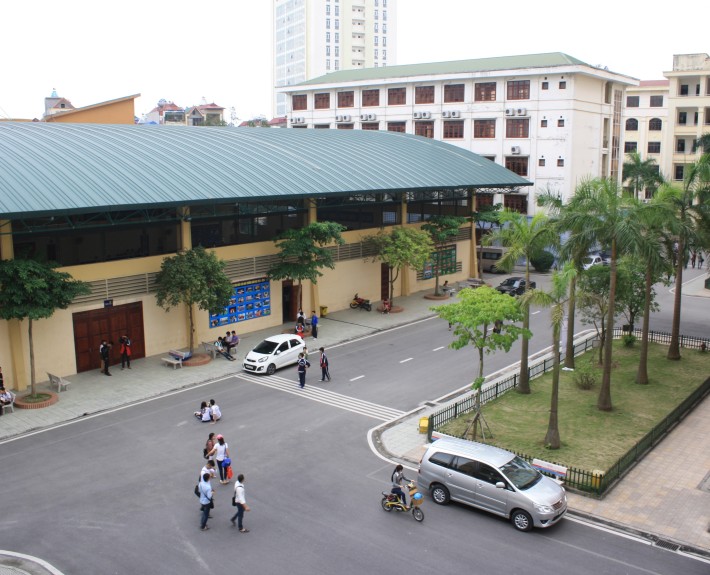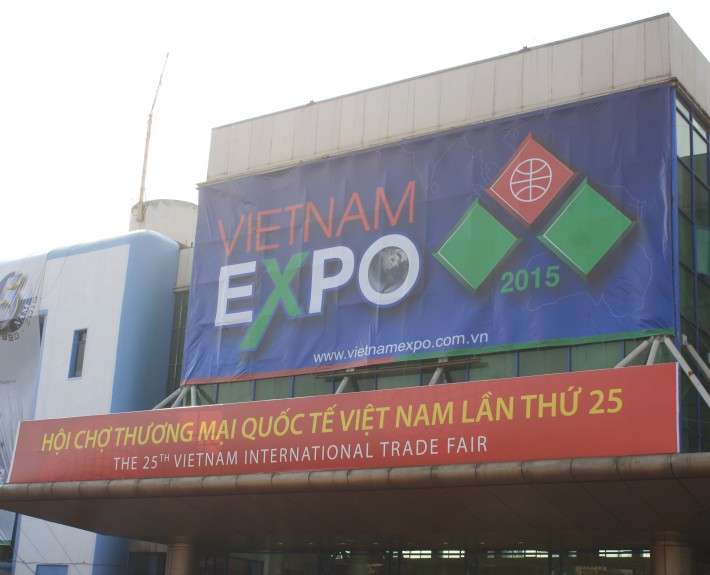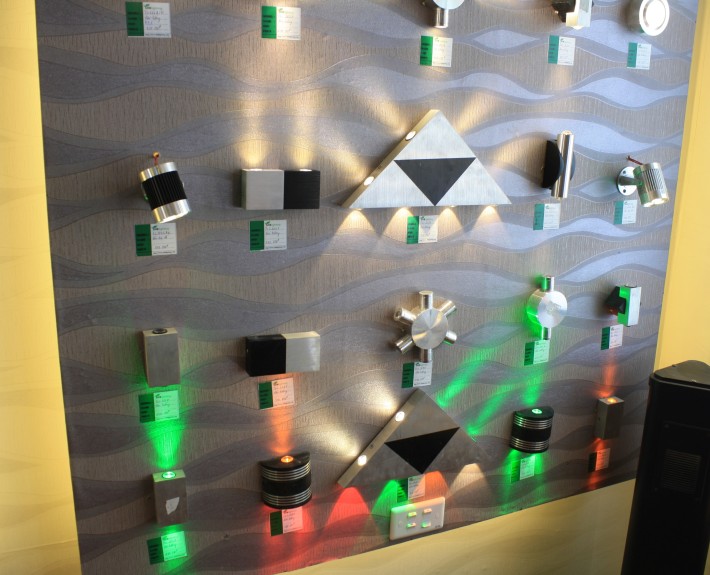Vietnam and Finland partner to build startups across Vietnam
Finland and Vietnam—what do these two countries have in common? At first glance, perhaps not much. Vietnam has a population of 90+ million and Finland’s population doesn’t even break the six million mark. Finland’s GDP per capita is almost $50,000 while Vietnam’s is approximately $2,000. And Helsinki is considered one of the most future-oriented governments in the world while Hanoi is known for its traditional elements; after all, it’s an over-1000-year-old city. So it might come as a surprise to learn that Finland’s Ministry for Foreign Affairs and Vietnam’s Ministry of Science and Technology have joined forces to foster innovation, support initiatives, and develop entrepreneurs via the Innovation Partnership Programme (IPP).
The IPP essentially supports the growth of the Vietnamese ecosystem; its role is to initiate and facilitate new activities, connections, and collaboration that can lead to the creation of sustainable ecosystem structures on the national level with regional integration and strong international linkages. Part of this effort includes a training course, an Innovation Accelerator, and events to bring the community–as well as potential partners and sponsors–into the fold.
Currently, 12 Vietnamese Innovation Champions are in the middle of a two-month “Training of Trainers” (ToT) program where they are learning lean startup methodologies, new ways to minimize risk, and how to develop ideas into products and services (and eventually sustainable businesses). Hailing from a variety of backgrounds in the public and private sectors, and with a median age of 35, these working professionals are led in sessions, workshops, and classwork by top international practitioners from startup hubs in Europe and the United States. Outside of the facilitated HATCH! space in Hanoi’s Ba Dinh District, the Innovation Champions have conducted fieldwork where they interview prospective customers, pen blog posts to share their perspectives, and connect with aspiring entrepreneurs in the community. They have already begun advising local startups in order to put what they have learned into practice—something they will continue to do in August once the training is over.
One major portion of fieldwork is the customer conversation, which drives the iterative model for a product or service that is being developed; some of the terms and tools used include “business model canvases” and “value propositions.” Entrepreneurship is a process and mindset—asking the right questions of the right people is key to developing solid products and services. But, sometimes, it needs to be taught and localized in order to become part of a local ecosystem.
Trainer Nick Norena of San Francisco is, by his own account, not only an entrepreneur but also an educator and coach, focusing his life on finding the most effective and engaging ways to teach entrepreneurship and innovation. Currently, he is focusing on Vietnam.
“Being here in Vietnam, I am eager to learn about a country and culture that is quite new to me,” said Norena. “Most importantly, I am incredibly humbled to work with the Trainees enrolled in this ToT program.
“The Trainees we work with are incredibly accomplished academics and professionals, and they bring valuable perspective to the classroom and fieldwork each week. This is crucial because one of their main goals and is to translate and adapt the materials and topics we cover to accurately fit the needs of the local startup ecosystem. I am encouraged every day by the team I’ve become a part of, and excited to see what the future of the Vietnamese startup ecosystem holds,” he said.
Innovation Champion Lan Phan, Deputy Director of NATEC–an organ of Vietnam’s Ministry of Science and Technology (MOST)–of Hanoi shares a similar excitement toward the future of the Vietnamese entrepreneurship ecosystem:
“It is great because I can learn the most updated knowledge in the startup world–the Lean startup movement,” said Phan. “And, having it taught by the experts and practitioners coming from Silicon Valley makes it even much better experience. Their sharing of real startup stories and the hands-on exercises that we have to take in class absolutely help us internalize the training principles much faster.
“Being one of the IPP trainees,” she said, “also means that I can develop a close relationship with other like-minded trainees, whose goals are not only to excel in their own careers but to give back and contribute to building this ecosystem a better place for startups to grow. Overall, I have so far been benefited greatly from this training course and would love to share my knowledge with others so that the impact of the course would be multiplied.”
The curriculum that Norena and the other trainers are developing—which is aimed at teaching academics and professionals in Vietnam the skills, techniques, and mindset required to successfully coach and mentor startups—is expected to be used in Vietnamese and perhaps even regional universities as a way to extend the impact of the first cycle of the Training of Trainers program and Innovation Accelerator. The IPP seeks to support and build the capacity of local key players in taking ownership of developing the ecosystem. Thus, this curriculum is a foundational resource for new and aspiring entrepreneurs in Vietnam and beyond.
So, what’s next? The entire program moved to Ho Chi Minh City last week (July 15) and will be based out of Hoa Sen University. Once the Training of Trainers program is completed, a six-month Innovation Accelerator led by the Innovation Champions will begin in both Hanoi and Ho Chi Minh City. The Innovation Champions will guide approximately 20 high-growth and innovative startups, as well as four system developers, to success.
The startups have an initial Demo Day on October 31 and a final Demo Day in January before the call for new startups is opened up again. Before the first Demo Day, the IPP is looking for mentors (e.g., guest speakers) to support the IPP Innovation Accelerator as well as future partners to help pilot and scale the curriculum (open source, practical, and comprehensive innovation and entrepreneurship-pioneered—which does not yet exist in Vietnam) to universities and other training organizations customized to fit the needs of their respective stakeholders.
By design, the Innovation Champions will be the foundation of the future, driving the ecosystem forward even beyond the Innovation Accelerator. Hopefully, by the time Tet (Lunar New Year) rolls around in February 2016, we will start to see some of these selected projects emerge from the Innovation Accelerator ready to expand in Vietnam, into the region, or elsewhere. Also, we can expect that next year’s ToT Part 2 will feature even closer collaboration with university and training organizational staff.
Even farther down the road, Trainer Dan Toma of Germany projects even more success as a result of the program.
“Looking at the speed of their progress [Innovation Champions], I am highly confident that they will have a huge impact in the Vietnamese ecosystem once the training [is] over,” said Toma. “I’m looking forward to having a coffee in a nice restaurant somewhere in Europe in about three or five years from now, reading about the first Vietnamese company being successful on the international market, hoping that one of the Innovation Champions helped build that story directly.”
Three to five years out is a long time but, perhaps, Dan will be proven right. After all, the best way to predict the future is by helping to create it.
A version of this article first appeared in Tech In Asia.





















































































